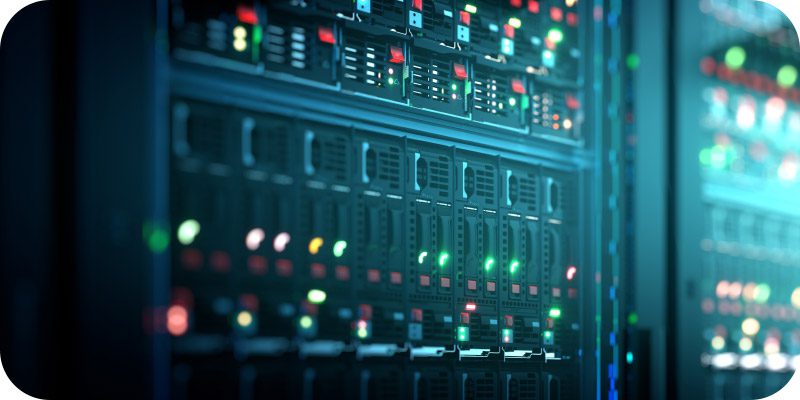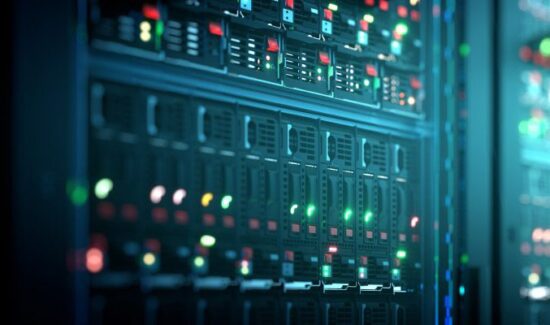Data Center Evolution: The Rise of Sustainable Computing and Liquid Cooling


EchoStor Technologies’ Daniel Clydesdale-Cotter offers insights on data center evolution and the rise of sustainable computing and liquid cooling. This article originally appeared on Solutions Review’s Insight Jam, an enterprise IT community enabling the human conversation on AI.
The modern enterprise data center is undergoing a dramatic transformation, driven not just by the demands of artificial intelligence and high-performance computing but by a pressing need to optimize costs and improve environmental sustainability. As organizations grapple with compute demands within existing facilities, traditional air-cooled systems are proving insufficient for their needs. This challenge is particularly acute as organizations integrate more GPU-intensive workloads and high-density computing solutions into their environments.
The emergence of new open rack v3 specifications, coupled with innovations in liquid cooling technology, is revolutionizing how organizations approach data center design. This evolution isn’t merely about being “green” – it’s about enabling organizations to maximize their computing capabilities within existing infrastructure while managing costs effectively. The shift from traditional air-cooled layouts to liquid cooling represents a strategic power swap: less power for fans and air cooling, more power for GPUs and CPUs. This approach allows organizations to host increasingly powerful machines that would otherwise overwhelm traditional cooling systems, all while maintaining or even reducing their overall power footprint.
A Multi-Faceted Approach to Efficiency
Organizations are taking a comprehensive approach to data center efficiency, examining multiple factors:
Processor Architecture Optimization
Companies are conducting detailed comparisons between processor options, evaluating core density and wattage efficiencies to maximize processing power while minimizing energy consumption. The focus has shifted from raw performance metrics to performance-per-watt calculations, leading to more nuanced decisions about hardware deployment.
Advanced Monitoring Systems
Implementation of sophisticated DCIM software and sensor systems allows organizations to track and optimize power usage in real-time, identifying areas of inefficiency and opportunity. These systems provide granular insights into power usage effectiveness (PUE) and help organizations make data-driven decisions about infrastructure improvements.
Storage Density Improvements
The industry is seeing a significant shift towards high-density storage solutions, with QLC SSDs approaching 60 terabyte capacities. This enables organizations to dramatically increase storage density while reducing power consumption compared to traditional spinning disk arrays. The move away from hybrid storage systems to all-flash arrays represents another step toward improved power efficiency without sacrificing performance.
The AI and GPU Computing Challenge
The impact of AI and GPU computing adds another layer of complexity to this evolution. While GPU-intensive workloads can significantly increase power consumption, optimized applications can improve cost per operation, creating a dynamic balance between power consumption and computational efficiency. Organizations are finding that the parallel processing capabilities of GPUs can actually lead to better overall energy efficiency when applications are properly optimized for these architectures.
For many organizations, these changes aren’t just about environmental stewardship – they’re about practical necessity. Insurance companies, utilities, and other large enterprises face a choice: build new data centers at enormous expense or optimize existing facilities. The combination of liquid cooling, modern rack design, and efficient hardware choices is making the latter option increasingly viable. This approach allows organizations to extend the life of their existing data centers while simultaneously preparing for future computational demands.
The new open rack specifications are crucial in this evolution, providing a standardized approach to implementing modern cooling technologies. This is evidenced by major server manufacturers moving away from proprietary blade chassis designs in favor of open rack architectures, particularly for new high-performance computing deployments. The industry’s largest GPU compute installations have widely adopted these specifications, demonstrating their effectiveness for modern computing demands.
This convergence of business necessity and environmental sustainability is accelerating, pushing organizations to build more resilient and cost-effective infrastructure. Early adopters of these technologies are already seeing significant improvements in their ability to handle high-density computing workloads without requiring facility expansion.
The transformation of data center design represents more than just a technical evolution – it’s a fundamental shift in how organizations think about computing infrastructure. By embracing these changes, companies can meet their immediate computing needs while positioning themselves for sustainable growth in an increasingly compute-intensive future. The successful data center of tomorrow will be one that efficiently balances performance, power consumption, and cooling capabilities while maintaining the flexibility to adapt to emerging technologies and computing demands.
- Data Center Evolution: The Rise of Sustainable Computing and Liquid Cooling - February 28, 2025




















